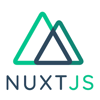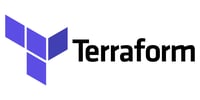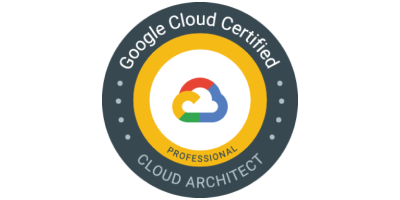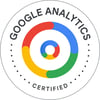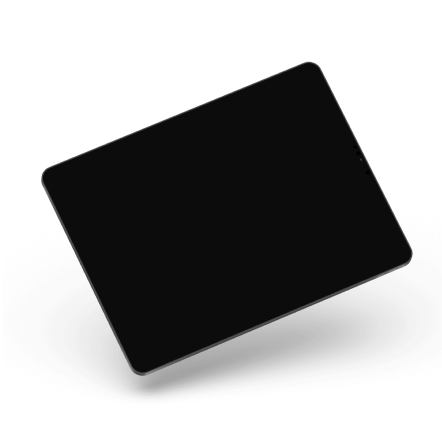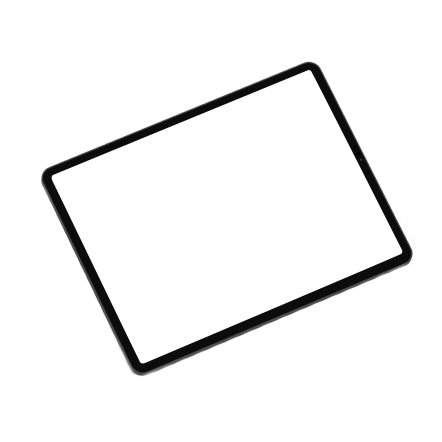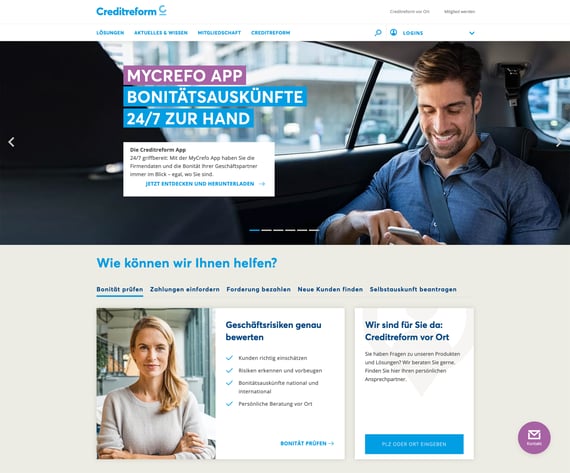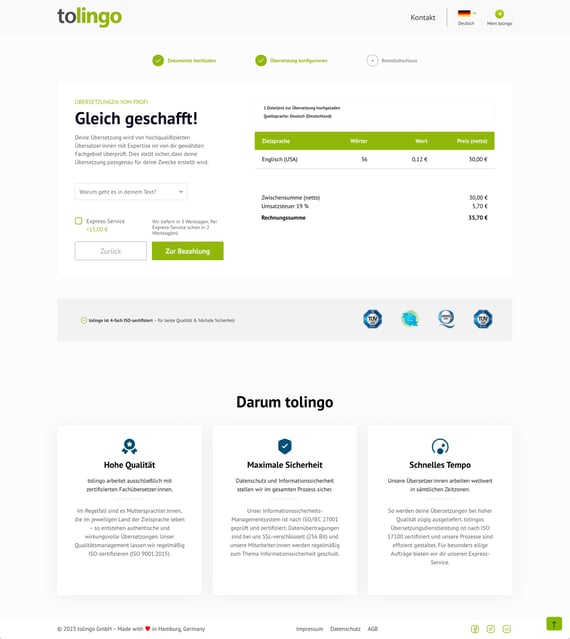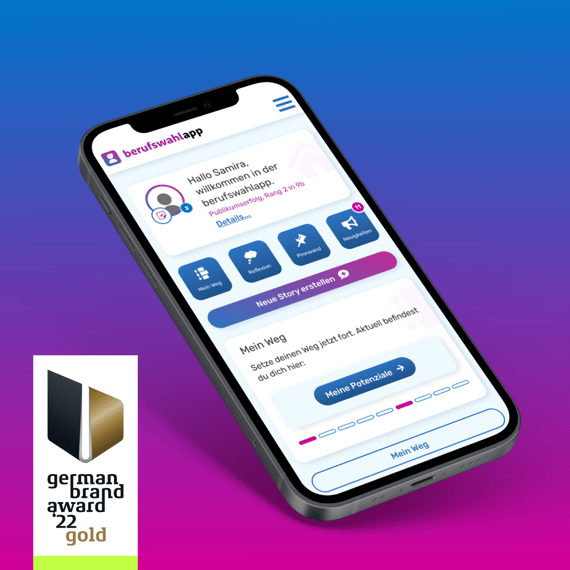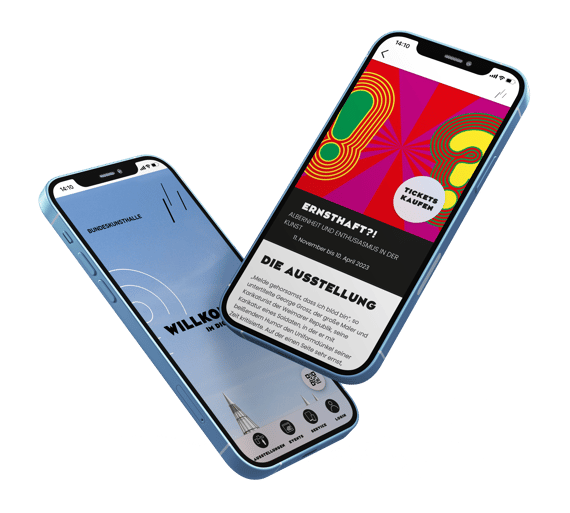- Digital Agency
- Website, Platform & Portal
- MACH Architecture
- Digital Agency
- Website, Platform & Portal
- MACH Architecture

25+ years of experience, 160 employees across 3 countries
MACH Architecture
Drive innovation & maintain your competitive advantage.
Contact us now-
Why choose SUNZINET for your MACH project?
As your Full-Service Partner for Digital Transformation, we have over 20 years of experience developing state-of-the-art sustainable solutions.
Our interdisciplinary team of solutions architects, developers, strategy consultants, marketers and designers, have the expertise to use the MACH methodology to build scalable, efficient solutions that will help your company grow.
-
What is MACH architecture?
MACH architecture is a modern technological framework characterized by four key components: Microservices, API-first, Cloud-native SaaS, and Headless.
Each component is designed to be completely independent, enhancing flexibility, scalability, and speed.
-
Reasons why MACH architecture is our go-to methodolgy
In short, enabling a MACH architecture in the technology landscape allows businesses to rapidly adapt and integrate the latest technologies without being tied to specific vendors or technology stacks.
This architecture also supports a more personalized customer experience and enables faster updates and improvements, driving innovation and maintaining competitive advantage.
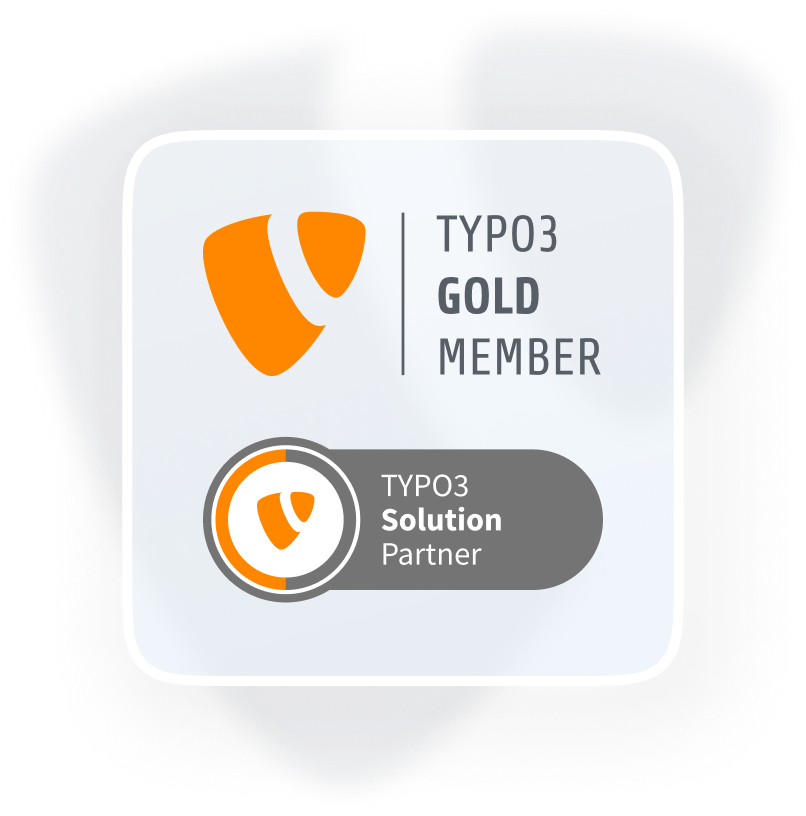
TYPO3 Agency
With over 500,000 installations, TYPO3 is the most widely used open source CMS in the world. With a flexibly scalable framework and an active global community, TYPO3 forms the perfect basis for versatile websites, intranets and mobile applications.
From traditional monolithic software solutions to the cutting-edge MACH architecture
As your agency for Digital Transformation, this is how we bring your technology landscape and your business to the next level!
-

-
Identification of business goals: The team works together to determine which business goals the transformation should achieve.
-
Inventory of the current architecture: We analyse the current components, dependencies and functionalities of the existing software.
-
Risk analysis and prioritization: Together, we weigh up which parts of the application will benefit most from the migration and prioritize them.
-
-

-
Selection of the cloud platform: As an experienced partner of various cloud solutions (Azure, Google Cloud, AWS, Open Telekom Cloud), we advise our customers independently.
-
Building a CI / CD pipeline: We start by building the infrastructure: Continuous integration and continuous deployment enable efficient development and delivery.
-
Establishment of the API -first approach: The interfaces (APIs) are conceptualized before the implementation phase.
-
-

-
Identification and extraction of microservices: The meaningful decomposition of the monolith into smaller, manageable microservices can be done based on business functions or data models.
-
Implementation of services: We develop the new microservices taking cloud-native practices into account and deploy them in the cloud environment.
-
Data migration: Together we plan the migration of data from the monolithic system to the new microservices and determine who will take over which part of it.
-
-
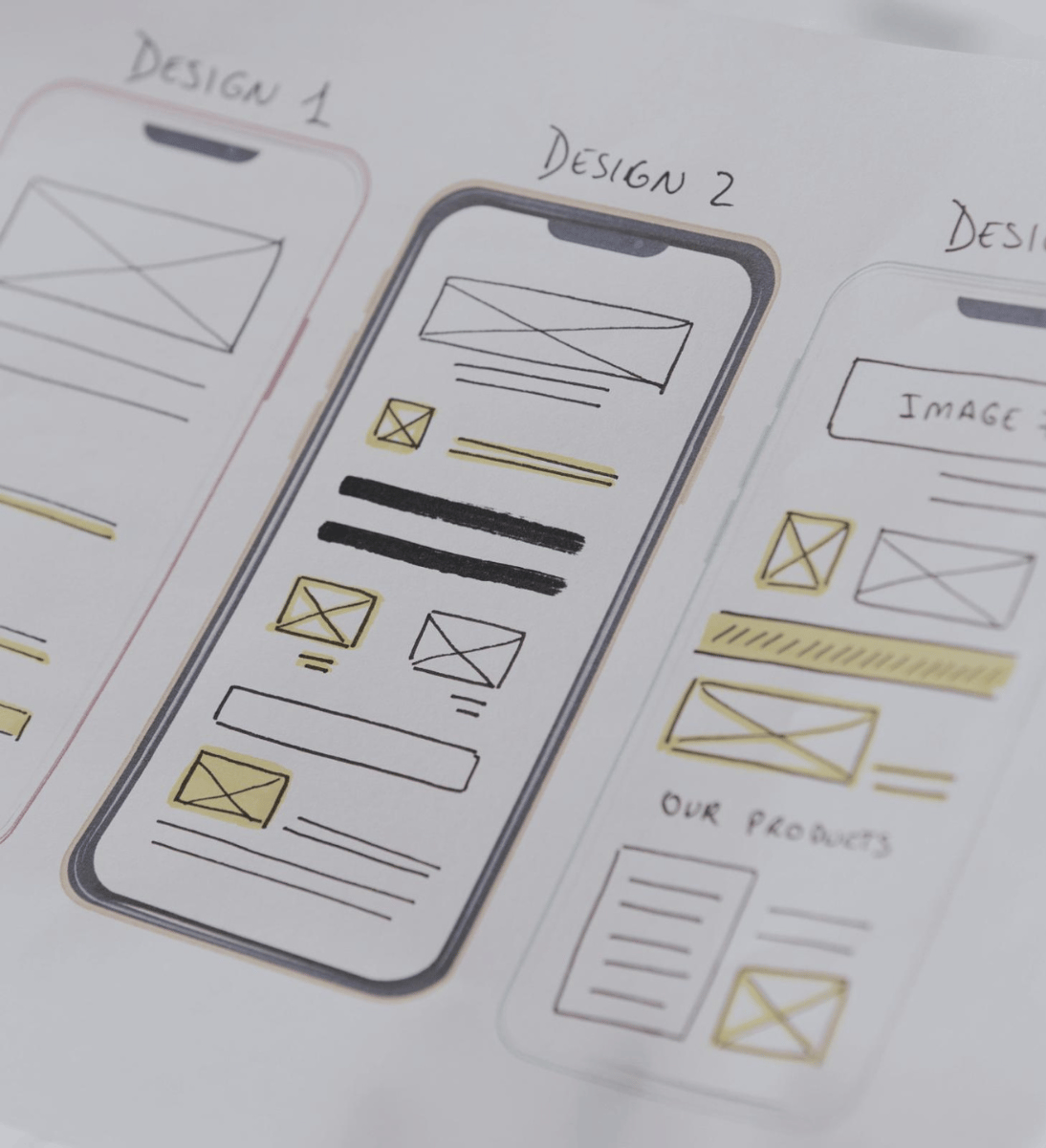
-
Separation of frontend and backend: We completely decouple frontend and backend to enable flexible development and reuse of APIs.
-
Development of APIs for frontend connections: We make all functions of the new services accessible through APIs. This means they can be consumed by various frontends (web, mobile, IoT).
-
-

-
Implementation of monitoring tools: We monitor all of our customers' systems. This allows us to identify problems early and solve them proactively.
-
Optimization and fine-tuning: The performance of the system is also continuously analysed. This forms the basis for optimizing services and infrastructure for better efficiency.
-
Scaling as needed: Our cloud infrastructure is designed to automatically scale up during peak loads and then scale down again afterwards.
-
-
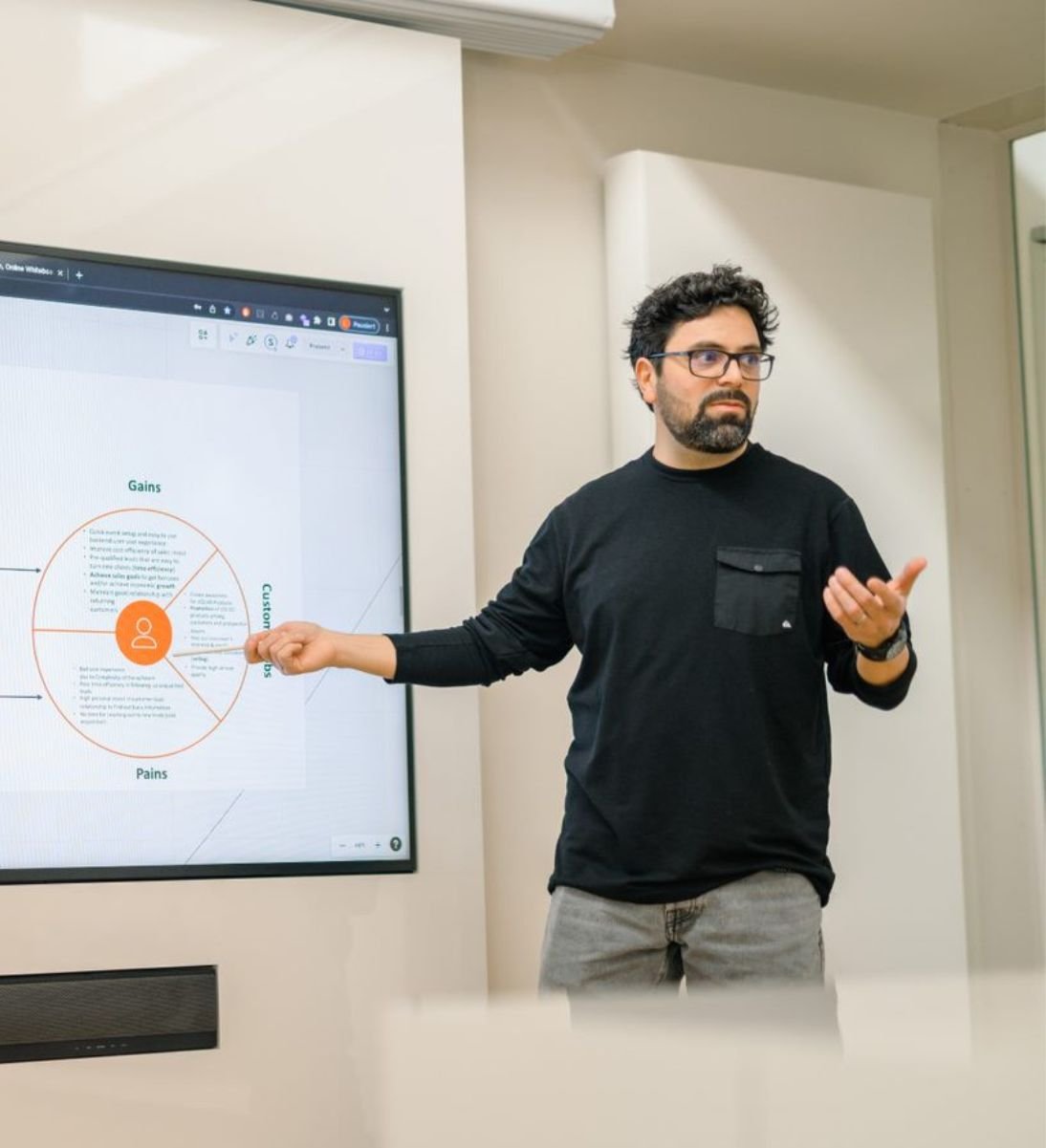
- Feedback loops: We collect data and feedback from users and stakeholders to continuously improve the application.
- Observe technology trends: We keep our finger on the pulse and observe technological developments very closely. This allows us to incorporate promising approaches into our customers' MACH architecture.






Our Customers: We are growth partners of

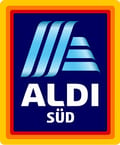














Solutions we implement with MACH Architecture
We utilize MACH architecture to create sustainable and personalized software solutions, websites, e-commerce platforms, and more.
-
Customer portal development
We leverage MACH for building dynamic, scalable customer portals that can easily integrate with various systems and technologies for a seamless user experience.
-
E-commerce solutions
By implementing MACH can upgrade e-commerce platforms with fast, personalized shopping experiences across multiple devices and channels.
-
Content management systems (CMS)
MACH's headless approach allows for more agile content management and distribution across diverse platforms without backend dependency.
-
Digital Strategy and Consulting
By using MACH architecture methodology, we enhance strategic digital solutions by providing flexible and scalable infrastructure that adapts to evolving business needs.
-
Digital Marketing
The API-first approach allows for seamless integration with various marketing tools and platforms, facilitating real-time data exchange. Therefore, allowing you to create responsive and personalized marketing campaigns that can adapt quickly to changes in consumer behaviour.
A few of our MACH Architecture Experts

Kevin Szabó
Knowledge Lead Enterprise Architecture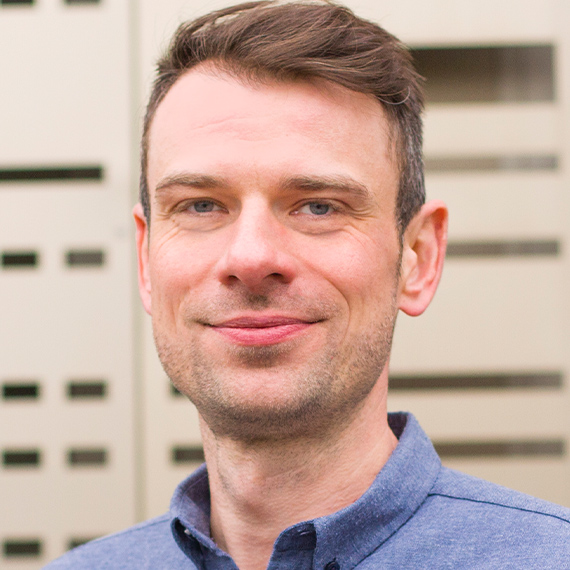
Marcel Epler
Solution Architect
Stephan Ritter
Solution Architect
Kajetan Zyskowskin
Senior Developer
Marcel Hanf
Senior Developer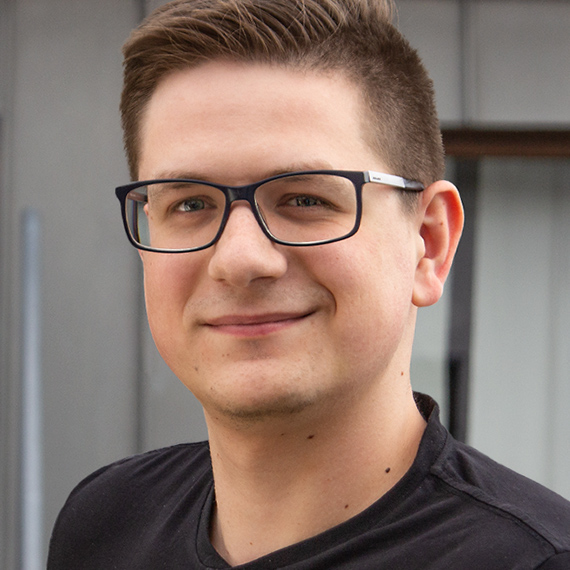
Bartosz Kaminski
Developer
Stephan Schmitz
Knowledge Lead JavaScript FrameworksReasons why we utilize MACH architecture to create digital solutions
-
Boosts Business Agility for Faster Market Adaptation: By using microservices, we develop, update and scale individual functions or services independently of one another. This accelerates the time-to-market time for new features and allows you to react even faster to market changes.
-
Seamless Scalability that cuts future costs: Our cloud-native design enables effortless scaling of your infrastructure to meet application demands without heavy initial investments.
-
Optimized Customer Experience via higher efficiency: Headless architecture's separation of frontend and backend speeds up UX implementations, enhancing user interactions.
-
Built for the Future: Embracing an API-first approach that ensures easy integration with future technologies and systems, keeping your business ahead.
-
Drive Innovation and Minimize Risks: MACH architecture encourages experimental development and rapid iteration by decoupling services and leveraging advanced cloud technologies. Additionally, independent components minimize systemic risks, enhancing stability and reliability across your platform.
Frequently asked questions during our first non-binding calls
-
What is MACH architecture?
MACH architecture is a modern technology framework that emphasizes flexibility, scalability, and speed in software development. It stands for Microservices, API-first, Cloud-native, and Headless, each representing a core component:
M - Microservices:
This approach breaks down applications into smaller, independent services that each perform a specific function. This separation allows for easier management, faster development, and more resilient systems.
An - API-firstAll microservices communicate via interfaces (APIs), both among themselves and with third-party systems. Prioritizing API development ensures that all functionalities are accessible via standardized interfaces. This promotes seamless integration and interaction between different systems and components.
C - Cloud-Native
The cloud-native implementation of the application is built to leverage the full potential of cloud computing. This aspect includes using scalable, flexible cloud infrastructures and services that optimize performance and reduce operational costs.
H - Headless
This component separates the frontend presentation layer from the backend logic. It allows for more flexibility in delivering content and functionality to various front ends, from traditional web applications to IoT devices, without redesigning the backend.
-
How does the MACH architecture help improve the customer experience?
The MACH (Microservices, API-first, Cloud-native, and Headless) architecture offers several approaches to significantly improve customer experience (CX). Its flexible, modular structure enables companies to respond quickly and efficiently to customer needs and expectations.
-
Personalization
- Data integration via APIs: The API-first approach allows companies to easily integrate and analyse data from various sources, gaining deep insights into customer preferences and behaviours. This enables highly personalized customer experiences.
- Dynamic content: The separation of frontend and backend (headless) enables dynamic adaptation of content, creating personalized user experiences across different devices and platforms.
-
Faster loading times and better performance
- Efficient Microservices: Each microservice can be optimized independently for maximum performance in its specific function, resulting in faster loading times and smoother interactions for the end user.
- Scalability: Cloud-native technologies offer automatic scaling, dynamically adjusting resources to handle peak loads without compromising performance.
-
Seamless omnichannel experiences
- Consistent APIs: An API-first approach ensures a consistent experience across all channels. Customers can seamlessly switch between web, mobile, and other platforms without noticing differences in functionality or design.
- Headless content management: Content is managed through a central system and delivered to different “heads” (such as web or mobile apps) via APIs, ensuring a coherent omnichannel experience.
-
Faster innovation and iteration
- Experimental features: The modularity and independence of microservices facilitate the testing and introduction of new features. Companies can implement innovations faster and iteratively improve them based on direct user feedback.
- Agile adaptations: Rapid adaptations to changes in the market or customer behaviour are possible by adjusting individual microservices or frontends without extensive revisions.
-
Greater reliability and availability
- Fault isolation: Failures in one microservice do not impact the entire system, ensuring higher overall reliability. Failures can be quickly resolved without significantly affecting the customer experience.
- Cloud-native resilience: Cloud technologies enhance service resilience and availability, resulting in less downtime and a better customer experience.
-
Improved security
- Fine-grained security controls: Microservices can be secured individually, offering detailed control over access rights and data security. This better protects customer data and increases user trust.
-
-
How does MACH architecture increase efficiency in development?
The MACH (Microservices, API-first, Cloud-native, and Headless) architecture significantly enhances software development efficiency in several ways. By emphasizing flexibility, agility, and innovation, it enables development teams to work faster and more efficiently. Here are some key aspects that improve development efficiency:
-
Microservices promote modularity:
- Independent development: Teams can work on different microservices simultaneously without interfering with each other. This minimizes coordination efforts and accelerates development.
- Specialization: Teams can concentrate on specific domains or functions, enhancing both the quality and efficiency of their work.
-
API-first approach simplifies integrations:
- Reusability: Standardized APIs make it easy to reuse functions, reducing the need to redevelop existing features.
- Easy connection to third-party systems: The API-first approach streamlines integration with external services and tools, shortening development time for new features.
-
Cloud-native technologies increase agility:
- Automated scaling and maintenance: Cloud-native services automatically adjust to load changes and decrease manual operations management effort.
- DevOps and continuous deployment: Cloud-native environments support DevOps practices and Continuous Integration/Continuous Deployment (CI/CD), reducing the time from development to deployment.
-
Headless architecture separates frontend and backend:
- Parallel work: Frontend and backend teams can work independently, eliminating bottlenecks and boosting productivity.
- Customizable user interfaces: Development of user interfaces without direct backend dependencies allows for rapid adaptation to user needs or new design trends.
-
Promotes innovation and experimentation:
- Rapid prototyping: The independence of components enables teams to quickly prototype and test new ideas without affecting the overall system.
- Failure resilience: The isolated nature of microservices ensures that failures in one service do not compromise the entire system, fostering experimental approaches and rapid iterations.
-
Efficient resource management:
- Cost efficiency through cloud usage: By utilizing cloud services, companies only pay for what they use, reducing costs compared to traditional, often oversized infrastructures.
- Automating infrastructure tasks: Cloud-native tools and services automate many traditional infrastructure tasks, such as backups, scaling, and disaster recovery.
-
Improved maintainability and updates:
- Easier maintenance: Smaller, independent microservices are simpler to maintain and update than large monoliths.
- Continuous improvement: The MACH architecture supports regular updates and improvements, enabling continuous enhancement without downtime.
-
Need to future-proof your business?
Let us talk personally about your current challenges!
Simply fill out the form, and we'll get back to you within 24 hours on a business day, for our first non-binding appointment call.







-PhotoRoom.png-PhotoRoom.png?width=123&height=70&name=Full%20Service%20Digitalagentur%20-%20Annual%20Multimedia%20Awards%20(1)-PhotoRoom.png-PhotoRoom.png)





